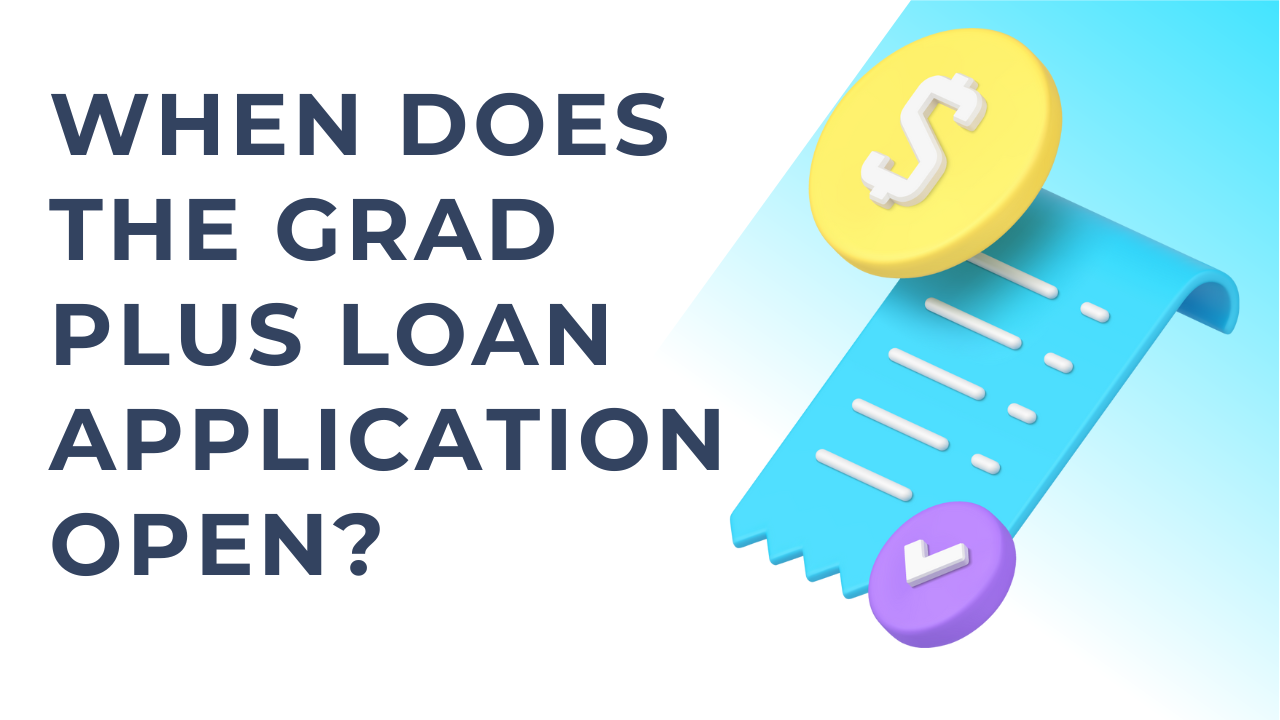How to Apply for Federal Loans? Many people experience financial challenges when pursuing higher education or beginning their own business. Federal loans are a light of hope, providing accessible finance to help people fulfill their academic and business goals. However, navigating the application procedure might be difficult. Fear not, as this article will help you through the nuances of applying for federal loans, ensuring that you get the financial assistance you require.
Understanding Federal Loans:
Federal loans are government-backed financial assistance programs that help students, businesses, and others in need. These loans often have lower interest rates and more flexible repayment choices than private loans, making them a popular choice for many people.
Types of Federal Loans:
Before beginning the application process, it is critical to understand the types of federal loans available.
- Direct Subsidized Loans: These loans are for undergraduate students with financial need. The government pays the interest on these loans while the student is enrolled, during the grace period, and during the deferral term.
- Direct Unsubsidized Loans: Unlike subsidized loans, unsubsidized loans are accessible to all students, regardless of financial status. Interest is charged on these loans beginning with their disbursement.
- Direct PLUS loans are available for graduate students and parents of dependent undergraduate students. They reimburse any expenditures that are not covered by other forms of financial help. PLUS loans need a credit check and may have higher interest rates than other federal loans.
- Perkins Loans: These low-interest federal loans are available to undergraduate and graduate students who demonstrate extraordinary financial need. However, this program was no longer available as of September 2017.
Now that you have an understanding of the sorts of federal loans, let us go over the step-by-step procedure of applying for them.
- Step 1: Fill out the Free Application for Federal Student Aid (FAFSA). The FAFSA is the first step in receiving federal financial help, including loans. To fill out the FAFSA, gather the following documents: your Social Security number, driver’s license, tax returns, W-2 forms, and records of untaxed income. Then, go to the official FAFSA website and fill out the application online. Please double-check all information for accuracy before submitting.
- Step 2: Review Your Student Aid Report (SAR) After filing your FAFSA, you should get a Student Aid Report (SAR) via email within a few days to a few weeks. Review this report thoroughly to check that all information is valid. If there are any inaccuracies, you may repair them online or by calling the Federal Student Aid Information Center.
- Step 3: Receive Your Financial Aid Award Letter: Once your FAFSA has been processed, you will receive financial aid award letters from each college or university to which you applied. This letter describes the types and amounts of financial help you are qualified for, including federal loans. Examine these offerings carefully and compare them to get the best solution for your financial situation.
- Step 4: Complete Entrance Counseling (for First-Time Borrowers) If you are a first-time borrower of federal student loans, you must undergo entry counseling. This counseling session covers your rights and duties as a borrower, as well as loan conditions and repayment choices. You can complete entry counseling online using the Federal Student Aid website.
- Step 5: Sign a Master Promissory Note (MPN): Prior to receiving your federal loan money, you must sign a Master Promissory Note (MPN), a legal document that describes the terms and conditions of your loan. You can sign the MPN online on the Federal Student Aid website by entering your Federal Student Aid (FSA) ID.
- Step 6: Receive Loan Disbursement: After you have completed all of the required processes, your federal loan money will be transferred directly to your school to pay tuition, fees, and other educational expenses. Depending on your school’s rules, any residual money will be allocated to you for extra expenditures such as textbooks and living expenses.
- Step 7: Repayment: Repayment of federal loans usually begins six months after graduation, leaving school, or dropping below half-time enrollment. You will have a number of repayment choices to select from, including conventional repayment, extended repayment, income-driven repayment, and more. Explore these possibilities and choose the one that best suits your financial position.
Final Words of My Opinion:
Applying for federal loans may appear to be a hard procedure, but with good assistance, it can be completed simply. You may get the federal loan funding you need to pursue your educational and business ambitions by filling out the FAFSA, reading your financial aid award letter, and meeting all other conditions. Remember to borrow sensibly and look into all available financial assistance possibilities before taking out a loan. With persistence and meticulous preparation, you can pave the way for a brighter future with federal loans as your ally in financial success.




